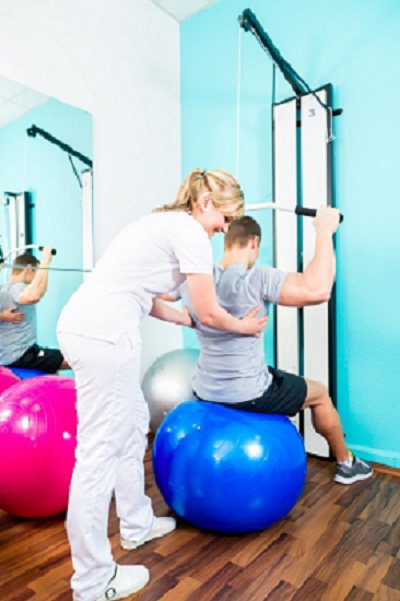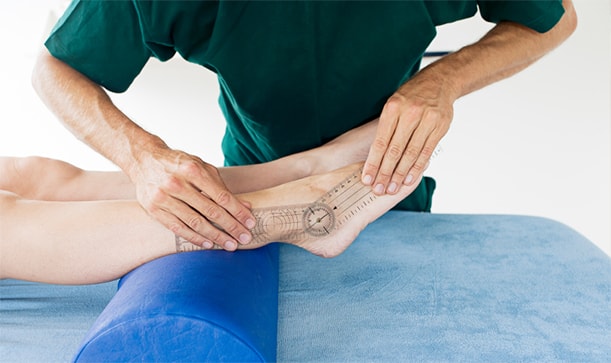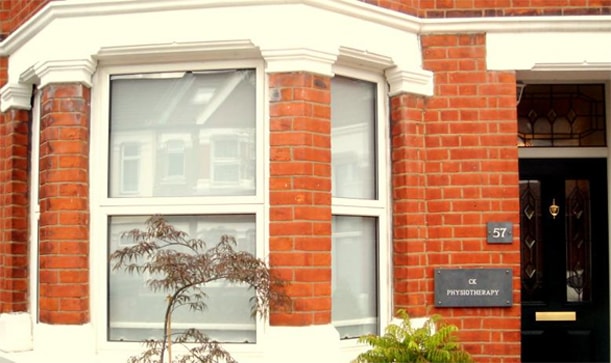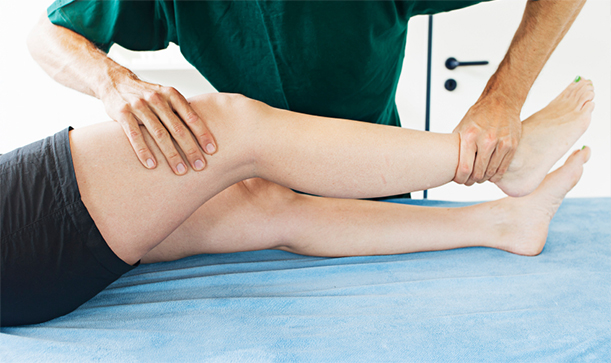CK Physiotherapy
AREAS COVERED
W7, W5, W13, Ealing, West London
57 Elthorne Avenue
Hanwell, W7 2JY
T: 020 8566 4113
M: 079 572 46185
E: info@ckphysio.co.uk
Location / Parking
We are situated in Hanwell, between Boston Manor Road and Northfields Avenue, south of the Uxbridge Road.57 Elthorne Avenue
Hanwell, W7 2JY
There are parking restrictions Mon - Fri 9-10am and 2-3pm. If you need a permit during this time please inform your therapist when you arrive. There are no parking restrictions at other times.
Opening Times
Please phone the number above during working hours to make an appointment. Our reception service will be happy to book your session.
London Underground / Bus Services
London Underground
10 min. walk from Boston Manor Tube Station.
15 min. walk from Northfields Tube Station.
Bus Service
E8, E3, E2, 207, 607, 83
Request Call Back
Our Blog
The Value of Combining Active and Passive Physiotherapy Exercises
By: BryanKelly (Psst, View author in Google Plus) Date: Jan 9th, 2017The multifaceted nature of physiotherapy is what makes it suitable for treating a myriad of physical conditions that include sports injuries and respiratory problems.
Physiotherapists have to select techniques that suit the parameters of a specific injury for the best results. A professional providing physiotherapy in Ealing and nearby areas can combine multiple treatments to increase the chances of recovery.

What Value You Can Get On Both Active and Passive Physiotherapy
Passive and active exercises are two solutions that physiotherapy experts utilise when dealing with various injuries. You may wonder about the distinction between active and passive physiotherapy and the need to combine them. Read on to learn more.
Differentiating Active and Passive Physiotherapy
Patient movement is what sets apart the two types of exercise therapy. With passive exercise, the patient does not need to move his or her muscles, meaning that it doesn’t demand much effort. In passive exercises, a physiotherapist may use other approaches such as an ultrasound, acupuncture, and apply an electric current, heat or cold on muscles. Active physiotherapy exercises, on the other hand, requires the exertion of muscles and joints. The patient tries to actively and independently move his joints or affected extremity.
Role of Each in Recovery
Passive techniques such as ultrasound therapy are used in the first phase of physiotherapy when the pain is still significantly felt by an individual. When a person is recovering from knee surgery, not only is he still in discomfort, but his muscles are too weak to move freely. Passive treatment is meant to work the joints, tissues and muscles to a state where they can handle exertion. The point is to help patients manage the pain until it is possible to engage in active physiotherapy. Passive exercises are also ideal for reducing muscle spasms in the case of a patient with neurological damage, and this part of the healing process is paramount as it allows the body to readjust without too much pressure.
Active physiotherapy comes after when the muscles and joints can move with minimal discomfort. The function of these exercises is to increase the affected limb’s range of motion, depending on the extent of the injury. Some of the activities include walking, stretching, manual therapy, cycling, and aerobics. Active exercises are very effective in treating physical injuries when properly carried out and managed. They help in restoring joint mobility and increasing muscle strength, making it easy to control movement.
Source:
What are the differences between passive and active exercise?, Reference.com





